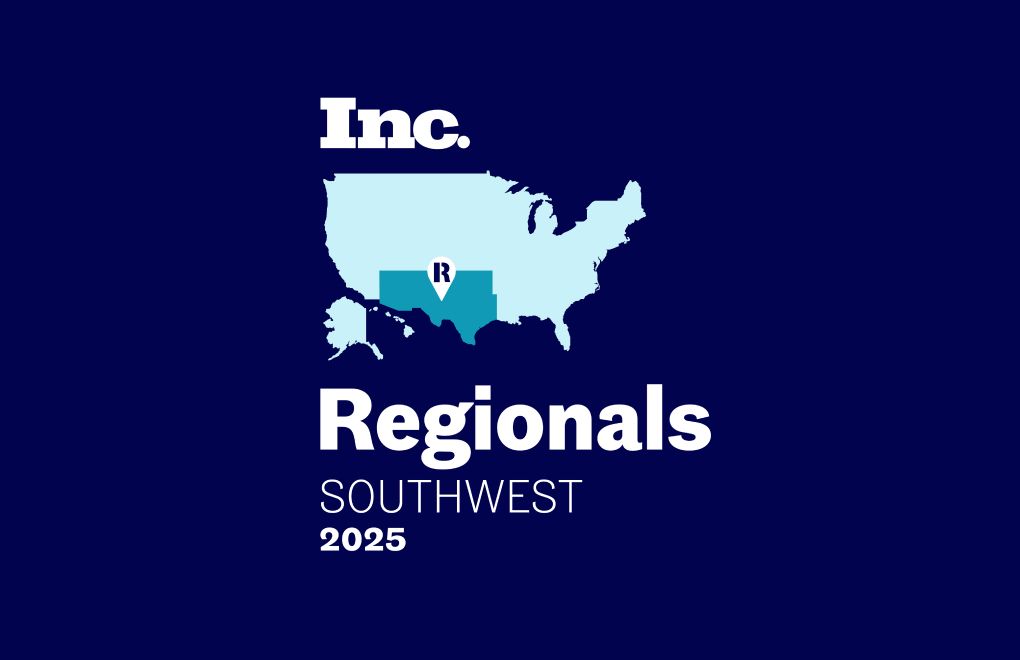Let’s de-bunk a grocery myth -- despite the buzz around grocery delivery, 98% of Americans still purchase groceries exclusively in store, making it the highest trafficked retail environment.
Grocery stores are hubs for local communities, and consumer packaged goods (CPG) brands have been taking advantage of this opportunity for years. In-store demos, product displays, and price promotions have helped major brands drive consumer brand equity and conversion.
Nowadays CPG marketing dollars have started to shift from traditional marketing tactics such as price promotions to targeted shopper marketing strategies. In case you’re wondering what shopper marketing is (we were when we started this business), it’s gathering insights on consumers throughout their path to purchase and leveraging this knowledge to influence their product decisions.
So, how does this relate to grocery advertising?
In-store advertising is a way for brands to re-engage the consumer at key touch points along their shopper marketing journey. Keep in mind that while some shoppers do research before arriving at the store, only 21% always arrive with a list. Furthermore, not even half of them actually buy exactly what’s on the list, leaving it up to their store experience (huge opportunity for shopper marketing) to determine what else lands in their shopping carts.
Below are a few more specific reasons for why we chose to launch our digital out-of-home (DOOH) network in grocery stores.
A Unique Environment of Repeated Exposure
Unlike other retail environments, shoppers visit the grocery store 1.6 times per week and spend 43 minutes per visit, on average. This makes it an ideal environment for brands to capture consumers’ attention. Grocery stores have a captive audience that’s already prepared and pre-disposed to make purchases. They often visit the same store week after week as part of their standard routine, which gives brands plenty of opportunities to deliver targeted messages to these consumers.

In order to optimize their shopper marketing journey, brands should leverage store demographic data and online consumer insights to create customized campaigns for particular stores or retailers. Consumers expect online advertising campaigns to be dynamic and tailored to their preferences or location. In the era of shopper marketing, personalization extends beyond online advertising and into the store where consumers are immune to static, irrelevant advertising.
Customers Make Decisions In-Store
With all the hype surrounding online ordering, grocery delivery, and other at-home shopping options that offer convenience, it’s easy to forget one simple truth: we don’t know what we want until we see it. This is particularly true when it comes to shopping.
According to research on consumer shopping behaviors, 70% of purchase decisions are made in-store, and 68% of these in-store purchases are made entirely on impulse. This represents a significant opportunity for advertising in grocery, provided that brands tap into the right messaging strategies.

Consumer surveys on digital signage describe how 65% of surveyed customers could recall seeing a digital display within the past month, with the highest recall levels reported for screens placed in locations that could immediately influence a transaction—grocery store lines, department store checkouts, gas stations, and so on.
Most Consumers are Brand-Switchers
Grocery advertising is impactful, in part, because consumers are usually willing to give new brands or products a try. In fact, according to GMA’s research, 68% of consumers are “brand-switchers,” and show no particular loyalty to a vendor. Going back to the shopper marketing journey, we can see how a brand’s ability to connect with consumers in store is so important. The store is where the consumer can actually see the product right in front of them, making it easy to make an impulse purchase. In-store marketing campaigns can help drive this behavior or re-engage consumers who may have already interacted with a brand outside of the store.

CPG brands routinely launch new products to keep their brand relevant and capture market share. However, it can be difficult to get the word out about new products among a barrage of online advertisements. In-store digital advertising is an opportunity to reach local consumers at their last stop in the path to purchase, driving awareness of the new product. Partner brand Frito Lay used digital grocery advertising paired with traditional TV advertising to cut through the noise of the Superbowl and launch their new Flamin’ Hot Nacho chip.
Brands that care about increasing equity or building awareness should consider how they can stand out at different points along their shopper’s path to purchase. Traditional marketing should be paired with new technology to better understand and reach consumers.
The Value of Grocery Store Advertising
To recap, there are three key elements driving the average grocery store’s advertising value:
· Repeated, routine-based exposure to consumers making purchasing decisions
· Consumer tendencies to purchase on impulse and visual cues
· A need to increase brand equity and drive new product awareness
Understanding the facts about digital advertising in grocery is only the beginning. Brands that want to tap into new opportunities along their shopper marketing journey need to be vigilant about tracking consumer insights and selecting relevant metrics for each campaign and channel. It’s not about selecting one new innovative medium or one targeted campaign; brands should have long-term strategies in place that combine traditional and digital media.



![[Report] In-Store Retail Media: The Key to Driving Incremental Reach for Brands](/content/images/2025/05/GTV-Incremental-Study-1.jpg)

